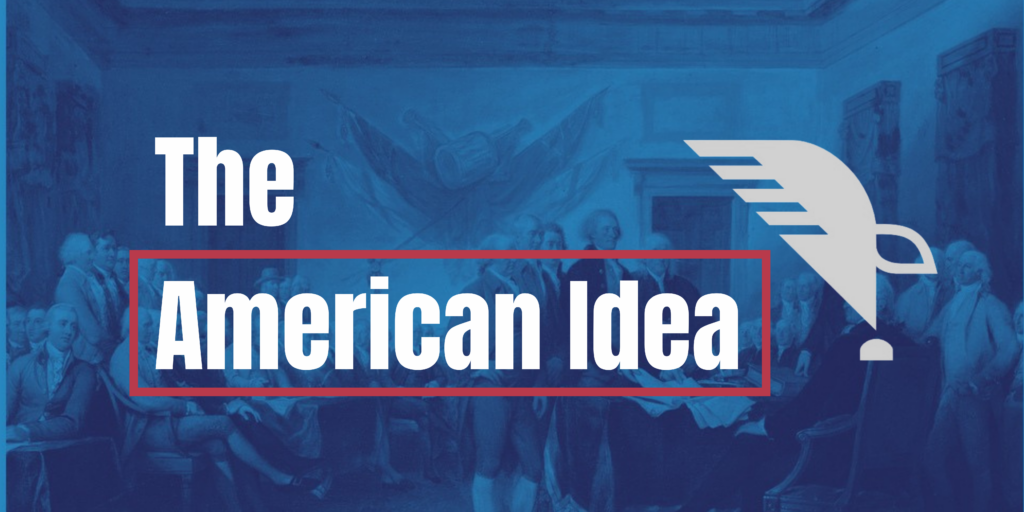Political Parties: Not Part of the Original Plan
January 31, 2024

Listen and subscribe to the podcast
Founders’ Perspective on Political Parties
The American Founders were deeply mistrustful of political parties and wanted a nonpartisan political system. They considered parties as factions that could bring about extreme tension in politics, similar to the British experience between Tories and Whigs. Madison, among others, feared parties’ interference with the separation of powers, potentially leading to unified government where loyalty to party could outweigh checks and balances, affecting actions like the use of presidential veto power.
Necessity of Parties in Republican Government
Despite the Founders’ distrust, the emergence of political parties within a few years after the Constitution’s formation was crucial for Republican government. Parties bridged the gap between representatives and constituents, aiding communication in an era devoid of mass communication channels. Additionally, parties were instrumental in organizing Congress, essential for the effective functioning of the legislative body, which was not adequately envisioned solely through committees and a Speaker of the House.
Evolution of Early Parties
During the founding period, political parties were initially built around personalities like Thomas Jefferson and Alexander Hamilton, rather than distinct ideologies. These parties were more ideological than interest-based and eventually evolved into recognizable parties like the Federalists and Democratic Republicans. They conducted campaigns at lower levels, nominated presidential candidates through Congressional caucus, and engaged in active campaigning for House seats, governorships, and state legislative seats.
The Slavery Controversy
In the 19th century, Martin Van Buren’s involvement after the 1824 election marked a significant moment, aiding Andrew Jackson in forming the Democratic Party. This era witnessed a transition from citizen legislators to career politicians adept at mass organization and canvassing, leading to the growth of parties from local to national organizations. The demise of the Whig Party around 1850 was primarily due to their inability to take a clear stance on the slavery issue, causing internal divisions between Northern and Southern Whigs.
Post-Civil War
Following the Civil War, parties displayed vibrant activities akin to modern-day campaigns. Torchlight parades, rallies involving thousands, and intense campaigning characterized the political landscape. The 19th-century parties, like the Republicans with their ‘wide awakes,’ engaged in extravagant demonstrations. Citizens decorated homes with party-affiliated paraphernalia, such as lanterns, train whistles, and even household items featuring candidates’ pictures, indicating their party affiliations.
Persistence and Transformation of Parties
The stability of the two-party system, consisting primarily of Democrats and Republicans post-Civil War, endured due to their massive size, resources, and access to patronage. Although challenges from movements like populists and progressives emerged, none managed to significantly challenge the entrenched parties. Political parties, essentially coalitions of interests, encountered shifts in membership as they had to cater to new groups, sometimes alienating existing ones.
Weakness of Contemporary Parties
Contemporary political parties have significantly weakened despite their growth in size and resources at the national level. While there’s a rise in partisan identification among voters, the parties lack an authentic connection with the electorate. This detachment contributes to voters feeling estranged from political actors in Washington, indicating a dire need for stronger, more impactful party structures to regain authentic connections with constituents.
Decline of Parties’ Influence
Contemporary political parties are experiencing a concerning decline in influence due to internal divisions, weakened control over candidate selection, and an increasing disconnect with the electorate. The current primary system has led to heightened internal discord within the Republican Party, resulting in candidates that don’t necessarily represent the broader party interests. Contrasting the Democrats, the Republican Party faces more pronounced ideological clashes between conservative and populist factions. This weakened state of parties raises concerns about their future, with growing dissatisfaction among voters and a surge in independent affiliations.

